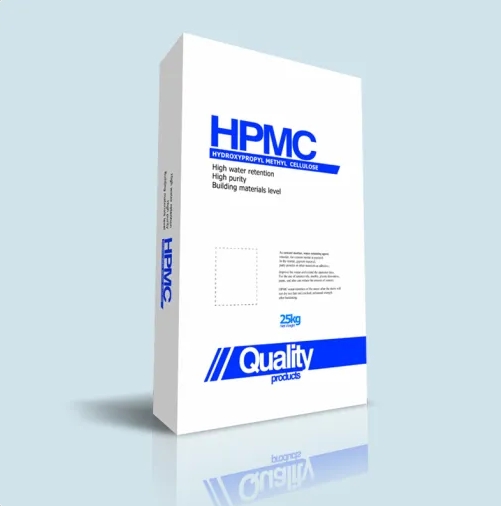If you've ever wondered about Hydroxypropyl Methylcellulose (HPMC), you're not alone. This versatile compound, commonly used in various industries, raises several questions that deserve thoughtful exploration. From its origins to its impact on different applications, let's delve into the key aspects of HPMC.

Understanding the Origins of HPMC
Hydroxypropyl Methylcellulose, or HPMC, is a derivative of cellulose – the fundamental component of plant cell walls. Produced through a controlled chemical reaction between cellulose and propylene oxide, followed by methyl chloride, HPMC emerges as a water-soluble polymer with a myriad of applications. This synthesis results in a compound that exhibits both hydrophobic (methyl) and hydrophilic (hydroxypropyl) characteristics, making it exceptionally versatile.
The Evolution of HPMC Applications
Originally introduced in the pharmaceutical industry for its role as a controlled-release agent in oral medications, HPMC's utility quickly expanded beyond pharmaceuticals. Its excellent film-forming and thickening properties found applications in the construction industry for mortar and tile adhesives. The food industry adopted HPMC as a food additive, leveraging its ability to enhance texture and stability in various products. Additionally, the cosmetic and personal care sectors embraced HPMC for its contribution to the formulation of creams, lotions, and other beauty products.
The Crucial Role of HPMC in Construction
In the construction industry, HPMC plays a pivotal role in improving the performance of cement-based materials. Acting as a water-retaining agent, HPMC enhances workability and prolongs the setting time of mortar, preventing rapid drying and ensuring proper adhesion. Its compatibility with other additives and its impact on reducing sagging in vertical applications make HPMC an indispensable ingredient in the formulation of high-quality construction materials.
The Food Industry's Embrace of HPMC
In the food industry, HPMC functions as a thickening and stabilizing agent. Its ability to form clear gels, even at low concentrations, makes it suitable for a wide range of food products. Whether used in dairy products, sauces, or desserts, HPMC contributes to the desired texture and mouthfeel while maintaining the overall quality and appearance of the final product.
HPMC in Pharmaceuticals: A Balancing Act
In pharmaceuticals, HPMC's controlled-release properties have revolutionized drug delivery systems. By modulating the release of active ingredients, HPMC ensures a more sustained and predictable absorption, optimizing the therapeutic effect. The biocompatibility of HPMC further adds to its appeal in the pharmaceutical realm, where safety and efficacy are paramount.
Conclusion: The Multifaceted Impact of HPMC
In conclusion, Hydroxypropyl Methylcellulose stands as a testament to the synergy between science and industry. From its humble origins as a pharmaceutical ingredient, HPMC has evolved to become a cornerstone in construction, food, and cosmetic formulations. Its unique properties make it an invaluable component, enhancing the performance and quality of diverse products across various sectors. As industries continue to innovate, HPMC's versatility ensures it will remain a key player, answering questions and meeting challenges in ever-expanding applications.


Comments
Please Join Us to post.
0